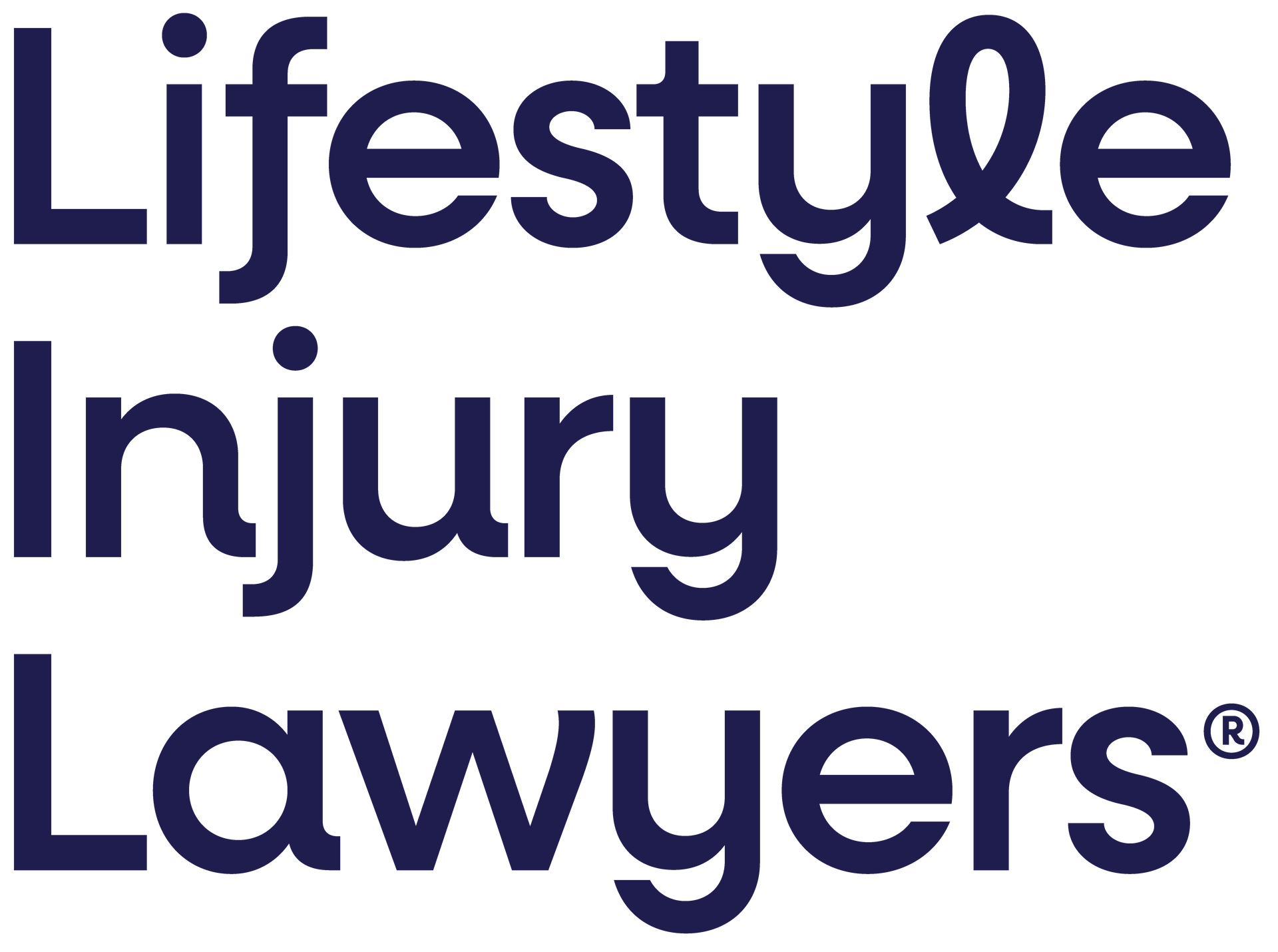Australian workers enjoy extensive and well-established protections if they are injured while at work. Nevertheless work injuries can pose significant physical, emotional and financial challenges for workers, as well as productivity challenges for employers.
Certain work injuries present the possibility of multiple claims for compensation, depending on the circumstances surrounding the incident. This article explores the possibility of making such claims, specifically focusing on journey or travel claims where a workers’ compensation claim, compulsory third party (CTP) claim and a common law claim could all be made in relation to the same accident. We will also examine the relevance of Queensland’s Personal Injuries Proceedings Act (‘PIPA Act’) in this context.
How journey claims work
A ‘journey claim’ occurs when you’re injured in an accident while traveling to or from your workplace, or even in the act of getting to off-site training or other education related to your job. This type of claim can encompass slip and falls at airports, accidents on public transport, car accidents and other injuries sustained during work-related trips. Whether you are eligible to make a journey claim depends on the circumstances of the accident and the purpose of your travel.
If you’re injured during a work-related trip, the claim for benefits will generally be made under the Workers Compensation and Rehabilitation Act 2003 and can provide reimbursement for medical and rehabilitation expenses; the costs of travel to and from medical appointments; paid care and assistance while you are recovering from the injury; and wage benefits between 80 to 100 per cent of your normal gross salary. Statutory lump sum payments are also available in the event you’re permanently impaired and unable to return to work, or your capacity to do your old job is reduced.
Other claims are also possible, however. If the injury results from a road accident on the way to or from work, a separate claim against the at-fault driver’s compulsory third party (CTP insurer) is possible under the Motor Accident Insurance Act 1994 (‘MAIA Act’). Where the accident was the result of the other driver’s negligence, the CTP insurance of the driver at fault will reimburse the workers’ compensation insurer for the workers’ claim from the settlement funds received from the CTP claim.
Additionally, where an injured worker can demonstrate negligence on the part of any other party in causing their injury – including their employer but also third parties such as an airline or a public transport provider – a further common law claim for compensation may also be possible.
Expert legal advice from specialists in compensation law should be sought before making any of the claims outlined above.
Contractors, labour hire and the PIPA
The modern workplace includes many workers who come to an employer through a labour hire firm, or are employed as independent contractors. The situation of these workers when injured at work, or on their way to and from the workplace, is more complicated. For those employed via a labour hire arrangement, for instance, their true employer is the labour hire firm and the company they were working at is considered a ‘host’ employer.
For this reason working out an injured person’s work status is crucial to determining how a compensation claim proceeds. Payslips, employment contracts, tax summaries and returns, and internal training documents may all be required to work out whether someone is an employee or a contractor for the purposes of compensation.
For those identified as labour hire or contractors, any claim for injury in Queensland against the host employer is governed by the PIPA act and resembles a public liability claim. PIPA sets out the requirements for making a claim, the steps involved in the claims process, and the principles for calculating damages. Under Part 1 of the Act, notice is provided to the respondent by way of a Notice of Claim that includes a description of the incident which caused the injury and details of the circumstances surrounding the incident.
A separate claim against the ‘true’ employer, meanwhile, will still be governed by the procedures set out in the workers’ compensation legislation.
How expert advice from compensation lawyers can help
A claim for compensation for an injury arising from an accident sustained on the way to or from work can become a complicated process, with multiple pathways to be pursued depending on your individual circumstances. Clarifying the best approach to filing a claim is best achieved by speaking with legal professionals with a proven track record in work-related compensation cases. Our team at Lifestyle Injury Lawyers regularly encounter complex journey claims, including where the injured worker is not considered an ‘employee’ of the company for the purposes of workers’ compensation law.
If you believe you have a claim and are unsure of how to proceed, contact today personal injury lawyers for an initial chat about your situation.

